| Erebidae - Erebid Moths |
The Erebidae are among the most diverse lepidopteran families with up to 18 subfamilies, 1,760 genera and ca. 24,600 species. Formerly included in the Noctuidae (sensu lato). The Arctiinae (tiger moths), Catocalinae (underwings), Lymantriinae (tussock moths) have been placed in the Erebidae. The family is represented on all continents except Antarctica, but is most diverse in the humid tropical and subtropical forests of Africa and South-East Asia. The wingspan of adult moths ranges from 0.6 cm (some Micronoctuini) to 25-30 cm in Thysania agrippina, one of the largest known moths. The majority of adult erebids are dull, with gray or brown forewings, patterned with lines and/or spots, whereas others (e.g., the tiger moths) have contrasting, warning coloration. These moths feed on plant nectar, sap, fermenting fruit, etc.
| Arctiinae | ||
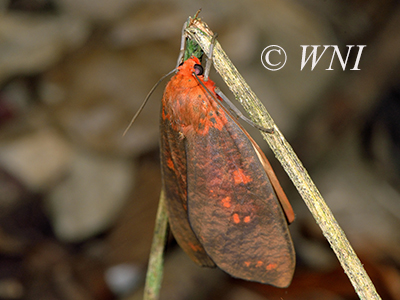 |
Ammalo helops | |
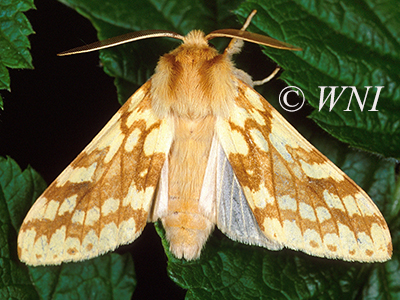 |
Spotted Tussock Moth (Lophocampa maculata) |
|
| Erebinae | ||
| Catocalini - Underwings | ||
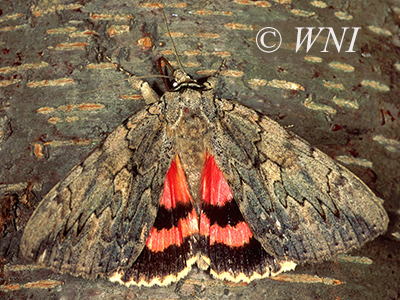 |
Sweetheart Underwing (Catocala amatrix) |
|
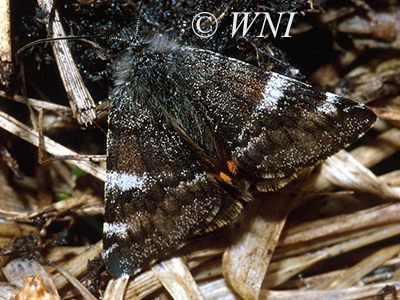 |
Briseis Underwing (Catocala briseis) |
|
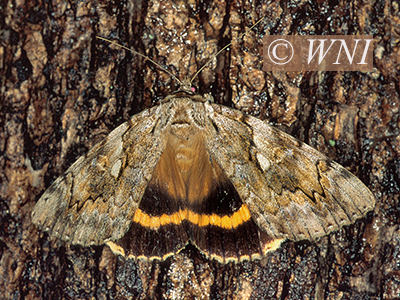 |
Yellow-banded Underwing (Catocala cerogama) |
|
| Thermesiini - Ghost Moths | ||
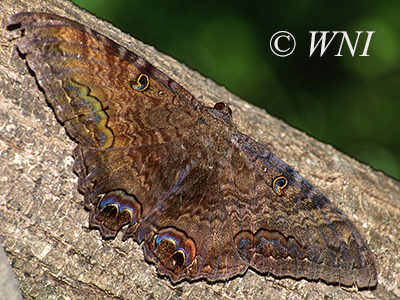 |
Black Witch (Ascalapha odorata) |
|
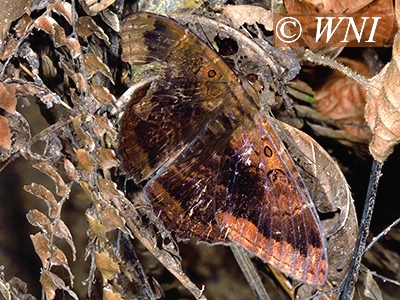 |
Letis mycerina | |
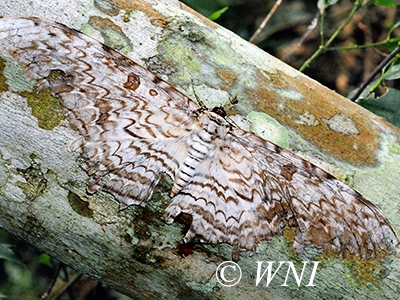 |
White Witch (Thysania agrippina) |
|
| Unauthorized use of our images is NOT permitted. | ||
| Hotlinking or "pinning" of our images to websites is STRICTLY PROHIBITED. | ||
| Copyright © Michael Patrikeev - All Rights Reserved | ||
| |
||





